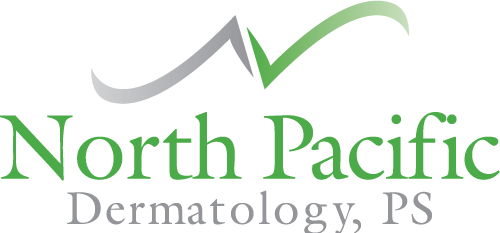Acne vs. Rosacea: How to Combat Both
Identifying a skin condition like rosacea might be a little bit difficult at first because some of its symptoms present very similarly to acne. If you’re struggling to tell the difference between these two skin conditions and how to treat them, here’s what you need to know.
What Is Rosacea?
Rosacea is a skin disorder that causes redness primarily in skin on the nose, cheeks, forehead, and chin. It occurs most often in people from 30 to 60 years old, but rosacea can affect anyone. While this skin disorder isn’t life-threatening, it can worsen and cause discomfort over time if left untreated. Some cases of rosacea have been known to cause a stinging sensation. Let’s review a few key symptoms.
Flushing
Most people with rosacea have a history of frequent flushing or blushing. Full or partial facial redness that lasts longer than normal is an early sign of this condition.
Persistent Facial Redness
If your face is constantly red, it may be a sign of rosacea.This particular symptom can look like a sunburn that won’t go away, even if you haven’t been in the sun lately.
What Is Acne?
Acne is all too common. In most cases, this skin condition is caused by hair follicles and pores getting clogged up with oil and dead skin cells. As a result, whiteheads and blackheads form within hair follicles and pores. Acne can also be the result of hormonal imbalances or bacterial imbalances on the skin. The condition is particularly common in teenagers, whose hormones are fluctuating rapidly and whose skin is producing more oil than usual. Acne can range from being fairly mild to being severe and even cystic, where blemishes form deep within the skin. Key symptoms to look for include redness, small pustules, blackheads, and painful bumps on the skin.
Why Is Rosacea Commonly Mistaken for Acne?
The primary reason rosacea and acne get confused is one symptom: pustules. Sufferers of both acne and rosacea can experience a skin rash that takes the form of small red bumps and pus-filled pimples on the skin. The blemishes that rosacea causes can look strikingly similar to acne at first, but there’s one key difference to look out for: blackheads. People who suffer from acne will typically develop whiteheads and blackheads on their skin, while people who suffer from rosacea will typically only have whitehead-like pustules.
How Are These Conditions Treated?
Rosacea and acne treatment are surprisingly quite similar. Acne is typically treated with topical solutions that are made with salicylic acid or benzoyl peroxide. Both of these ingredients help keep oil production at bay and can boost skin cell turnover.
Similarly, rosacea can be treated with topical medications that help reduce redness in the skin. It’s also possible to treat rosacea with oral acne medications that can help reduce that particular acne-like symptom we mentioned earlier.
Dealing with rosacea and acne can be tricky. If you’re not sure whether you’re suffering from acne or rosacea, set up a consultation with our team at North Pacific Dermatology today.
